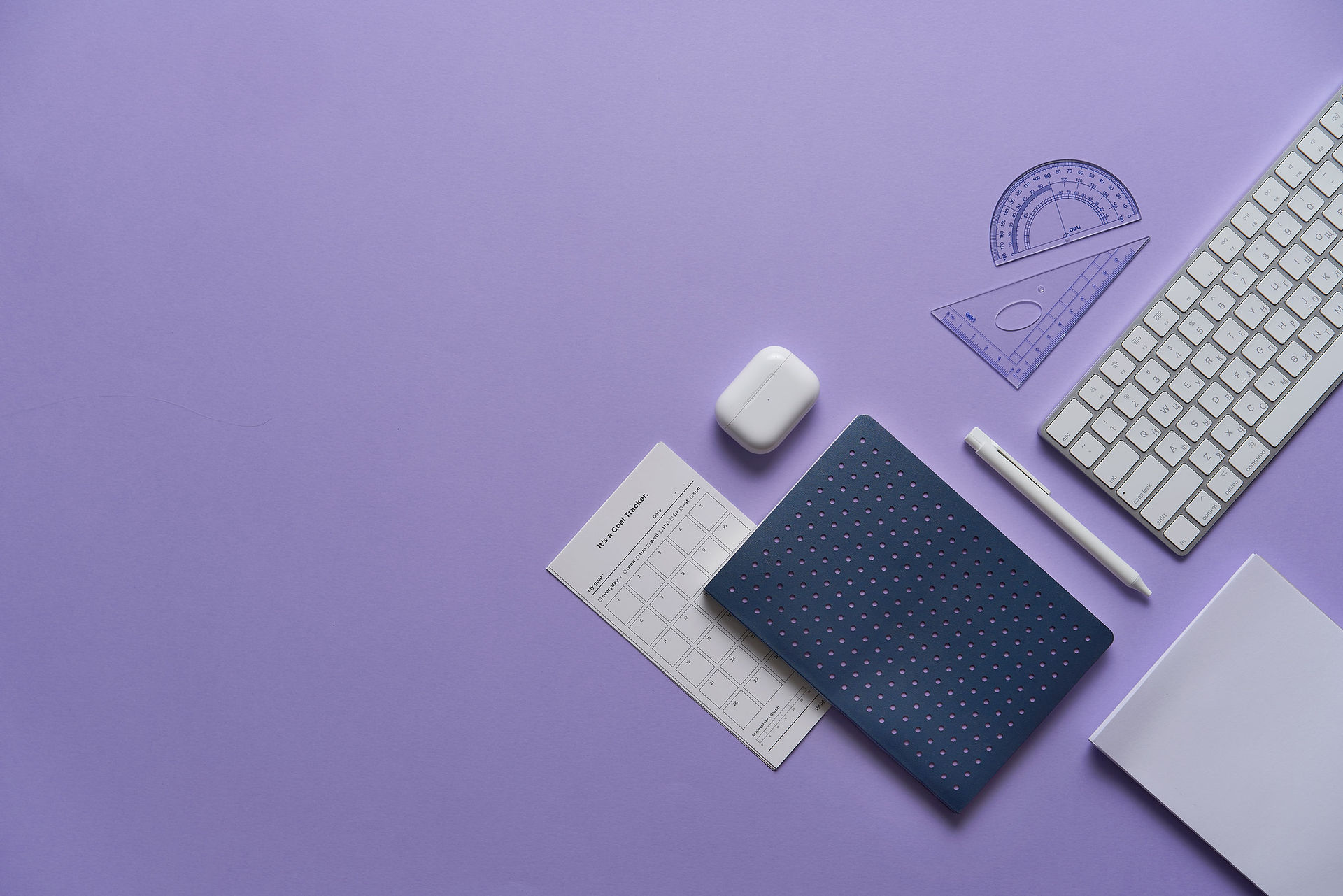

Seafeud
Project Summary:
Game Genre: Arcade Racing
Engine: Unreal 5
Development Time: 3 Months
Team Size: 50
SeaFeud is an underwater arcade racing game where players ride on a variety of fast fish. Swap fish mid-race to dynamically change your abilities, items, and stats. With eight different characters and three different courses to select from, players can have endless fun racing the seas.

My contribution:
Level Design - Track Design
-
Brainstorm and prototyped the original track using MRT tool with a team of 4 designers.
-
Act as the track owner in the later development process. Responsible for gathering feedbacks and making layout/track adjustments to track 3.
-
Placed pickups, speed boosts, jump pads on the track to create interesting gameplay challenges.


Design Highlights
Initial Design & Blockout
Our team comes up with the track idea together and reached an agreement on the general design direction. Each of us was assigned to a different task and I was responsible for building the 2 sections of the track highlighted below.


Open Area Designed for Competitve Play
I pitched and designed this section of the track as an open area instead of a linear path to cater to our 4-player co-op mode.
This open area suits players who enjoy the chaos of a racing game battle arena. With a total of 8 players (4 players + 4 bots), the area is sized to accommodate 4-6 players simultaneously, offering a fun and unique experience compared to the regular lanes, which are limited to 2-3 players.

Use Elevation to Add Gameplay Variety
Varied elevation is a key design element for this section. Using existing jump pad and speed boost ring mechanics, I created alternative paths at different heights. The image shows two elevated paths requiring either a vertical jump with a jump pad or a horizontal jump with a speed boost.

Adjusting the Design Based on Playtest Feedback
As a competitive racing game at its core, most of the design changes I made in the later stage are based on playtest feedback I recived from testers and teammates.

Documenting feedback and design changes
I documented design changes on the Miro board to update my teammates and keep everyone on the same page.
Designing smooth turns for comfortable gameplay
This section had many 90-degree turns, but feedback suggested avoiding horizontal blockers that stop player movement, so I adjusted the angle and made the turns smoother. I also made more efficient use of space by blocking off areas that players didn't use.


Adjust level flow and influence player choice through Risk & Reward
After observing playtest videos, I found players mostly ignored side paths. To address this, I added pickups and speed boosts to side paths and introduced a moving obstacle on the main path. This encouraged more players to explore the side paths, while those who stayed on the main path were more confident in their skills to maneuver around the obstacles.


Postmortem
What went well?
Good collaboration within a small design team
This is my first large-scale project with a small level design team, and it was a positive experience. We communicated well, organized tasks effectively, and addressed feedback promptly. We built the most reliable and playable track in the game with minimal bugs.
Learning the new MRT tool
To build a racing track in Unreal 5, we use the Modular Road Tool (MRT). Despite having no prior experience, I learned MRT in a few days and began creating tracks based on my design within a week.
What went wrong?
Communication issue with stakeholders/leads
Our design team initially created a pirate ship level, but after presenting it to stakeholders, we were asked to switch to a realistic apocalyptic underwater city theme. We quickly adapted and delivered a new layout that met expectations. However, better communication and clearer design direction could have prevented the wasted time on the initial level that was ultimately cut.
What I learned?
Being a good teammate means willing to give up "my" vision
Creative collaboration is difficult because everyone has his/her own vision. Initially I was holding onto my vision of the track and suggested other to design in a way that fits my vision. However, I realized that the track should not be based solely on my perspective, especially since I wasn't the design lead. I started to appreciate my teammates' ideas as they often addressed design questions I had and provided creative solutions to seemingly difficult problems.
I learned that being a good team designer means setting aside personal ego and working together to realize a shared vision. A vision that everyone supports and contributes to is more valuable than any individual idea.
